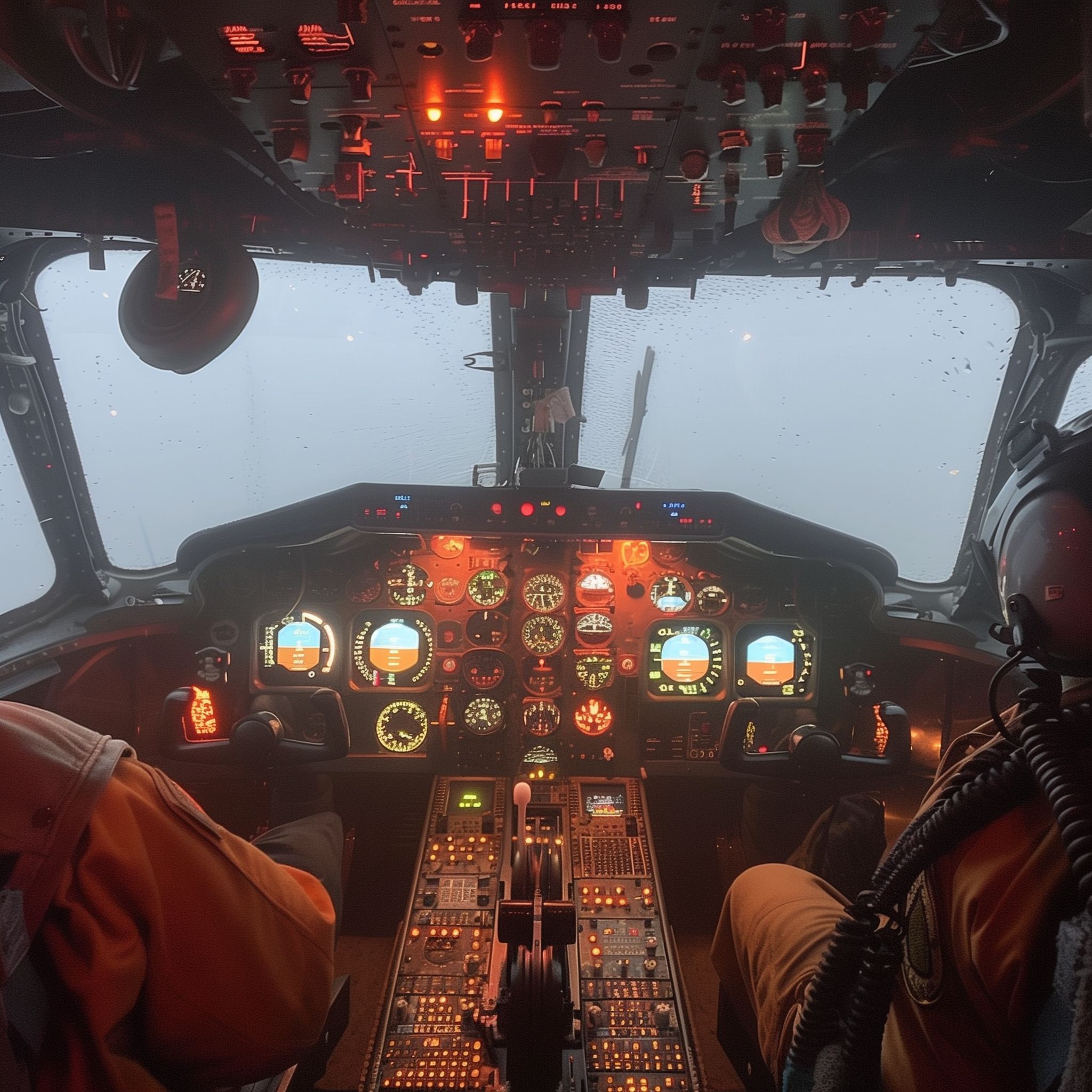
When pilots fly through a storm, relying on instruments for navigation, they don’t believe the outside world is actually altimeters, airspeed and horizon lines. There are no little gauges out there in the sky. It’s just a way of measuring something in the environment that is changing. An argument dating back to Plato’s cave is that our senses play with shadows in similar ways to the pilot’s instruments and have little to do with accurately representing reality at all. There’s a difference between what is real and what we need to know to survive. And, oddly enough, evolutionary game theory purports to have mathematical proof, like Godel level incompleteness proof, that what our interface shows us for fitness diverges categorically from the veridical truth. How curious. To be fit is to know just enough to make useful decisions, not to approximate representational reality, even in shadow form.
In another metaphor, we manipulate the icons on our perceptual desktops as if those folders and trash cans and apps actually exist on the computer in that form. Spoiler, they don’t. There is nothing square or blue or shaped like a trashcan inside the computer. Knowing our way around the interface doesn’t mean we know anything about what’s going on beneath it. It’s just how we interact to achieve our ends. Even examining our screen with a magnifying glass at the pixel level is still just reporting about the interface.
The purpose of a desktop interface is not to show you the “truth” of the computer—where “truth,” in this metaphor, refers to circuits, voltages, and layers of software. Rather, the purpose of an interface is to hide the “truth” and to show simple graphics that help you perform useful tasks such as crafting emails and editing photos. If you had to toggle voltages to craft an email, your friends would never hear from you. The Case Against Reality
TLDR:
Icons on desktops
We interact with fake worlds
Interface is all
Our interface, despite not being built on representational truth, still represents fitness. Those berries may not exist in anything like the way we represent them, but they still taste juicy and satisfy our hunger.
Different interfaces can compete for survival. You run a Mac; I run Windows. Some weirdos run Linux. Just kidding. All weirdos run Linux. Each is suited to roughly the same tasks, each does it somewhat differently and more efficiently or with more leverage for different users. We have replaced other interfaces: DOS, CPM, VMS with more capable advances.
We can build things on top of our interfaces. Create apps and hierarchies that order, restructure, simplify, automate ways we use our interface. We can learn hacks from what others have discovered. We can buy, replicate and subscribe to cultural applications. And while it all fits well within the sliver of parameters for our fitness thresholds, i.e. it works well enough and long enough within blinders to complexity that would fry our mind – just well enough so that our DNA can survive us. But the things that it tells us are fundamental like folders and documents, like space and time, are actually non-existent. They are conveniences of the interface; as we dig deeper, our physics find space is not what we think, things are impossibly connected and time is not constant or directional. And we don’t know what to do with these findings at the interface level. What do you do with the fact that those folders are an array of magnetic bits collected and presented by an algorithm with a much vaster and more extensive existence than the manila icon? That our pixelated building blocks do not pertain to any existential bedrock of matter but rather code?
“Increasingly, the interface constitutes the gateway through which the reservoir of human agency and experience is situated with respect to all that stands outside of it, whether technological, material, social, economic, or political. It is more and more unavoidably the means of representing that which is otherwise unrepresentable, or of knowing that which is otherwise unknowable” -Interface by Branden Hookway
Perhaps you may experiment with what might be possible by exploring the algorithms rather than groupings of pixels on the desktop. The interface tells you nothing beyond it you don’t already know, can’t already see. And how do you learn to see what you can’t yet see because of the way you are looking?
Note: this is a riff on metaphors used by Don Hoffman and Bernardo Kastrup as they explore analytic idealism. Which is the belief that all we can really know is our subjective experience – yet we can construct algorithms that may reveal more than our perceptions, more than the stingy defaults nature has provided us to date. We can build our own instruments on the desktop that aren’t based on trying to approximate what we think is reality, but how they might engage it. The proof is in the experience. Not whether it is true or false, but whether it is useful while still keeping our DNA overlords happy.